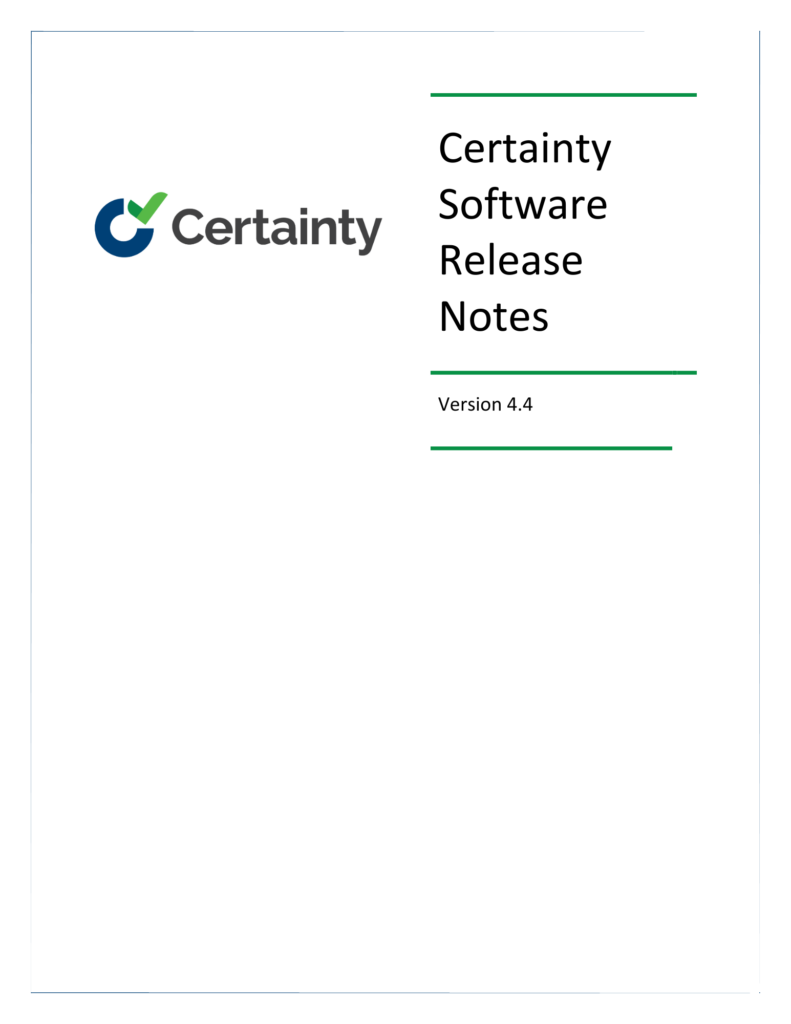Explore all the new features and improvements available in version 4.4 of Certainty Software. […]
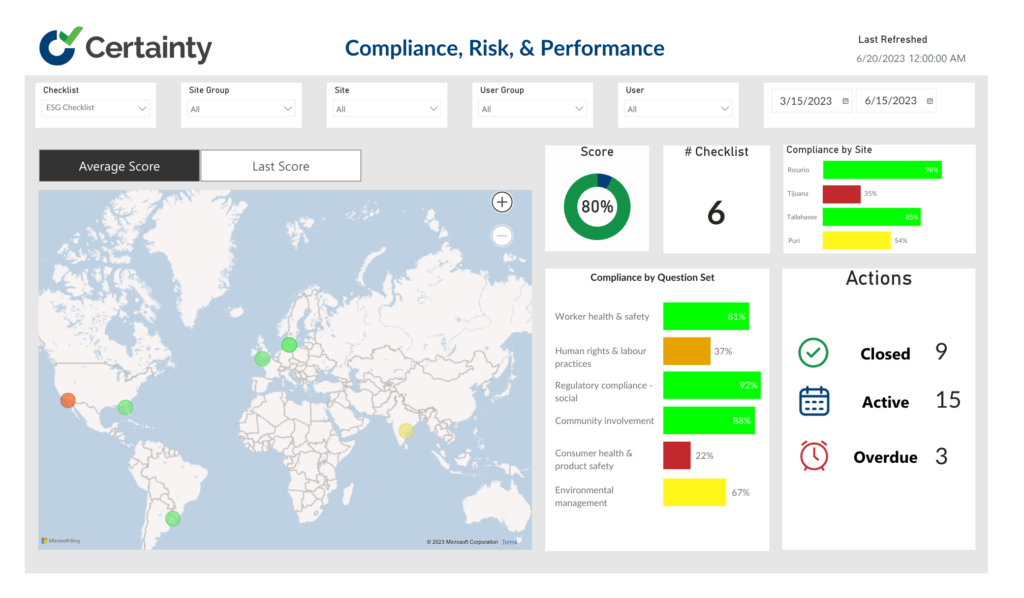
Managing the Regulatory Requirements of Supplier Sustainability Due Diligence in Global Supply Chains
Discover how global corporations can effectively manage the regulatory requirements of supplier sustainability due diligence in complex global supply chains. Explore strategies for compliance, collaborative engagement, and continuous improvement. Learn how cloud-based software solutions can streamline the process, empowering organizations to drive positive change and shape a sustainable future. […]

Fire Extinguisher Inspection: The Ultimate Guide for the Workplace
Fire extinguisher inspections are crucial for maintaining workplace safety and compliance with fire codes and standards. They involve checking the condition and functionality of fire extinguishers on a regular basis using proper procedures and tools. In this ultimate guide, we will explain everything you need to know about fire extinguisher inspections and how to perform them with ease and confidence using Certainty Software. […]

Poka Yoke – The Ultimate Guide to Error Prevention
Error prevention is crucial in today’s industries, and Poka Yoke emerges as a powerful methodology to achieve it. In this comprehensive guide, we delve into the origins, principles, and practical applications of Poka Yoke, showcasing real-life examples and highlighting the benefits of implementation. Explore how Certainty Software supports Poka Yoke initiatives, streamlining error prevention processes and driving continuous improvement. […]
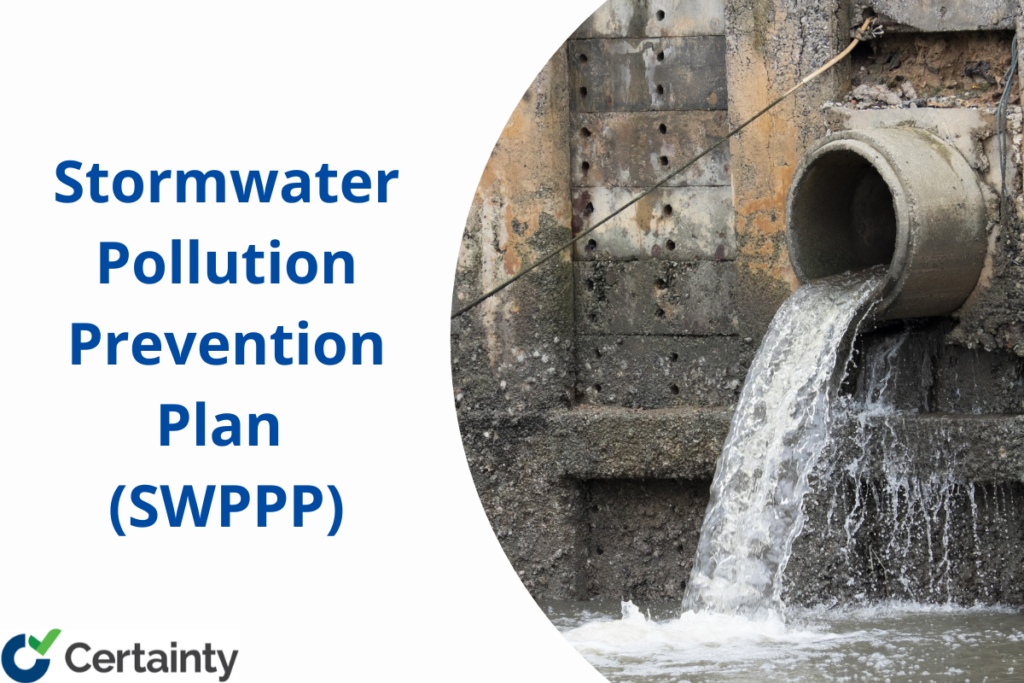
SWPPP: A Guide on What It Is, Why It Matters, and How to Build One
SWPPP is a document that describes how your business will prevent or reduce stormwater pollution from your activities. In this blog post, you will learn how to create, comply, monitor, and adapt SWPPP for different industries. […]

How Bill S-211 Could Affect Your Business and Supply Chain Management
Canada has recently passed Bill S-211, a new law that aims to fight against forced labour and child labour in supply chains. The law imposes reporting obligations on government institutions and certain private entities that produce or import goods into Canada or that control entities that do so. In this blog post, you will learn how the law could affect your business and your supply chain management, and how to prepare for the new requirements and opportunities. […]

FSSC 22000: The Ultimate Guide to Certification and its Benefits
FSSC 22000 is a globally recognized food safety management system certification that can boost your business in the food industry. This blog post will explain what FSSC 22000 is, and how to get and keep it. […]
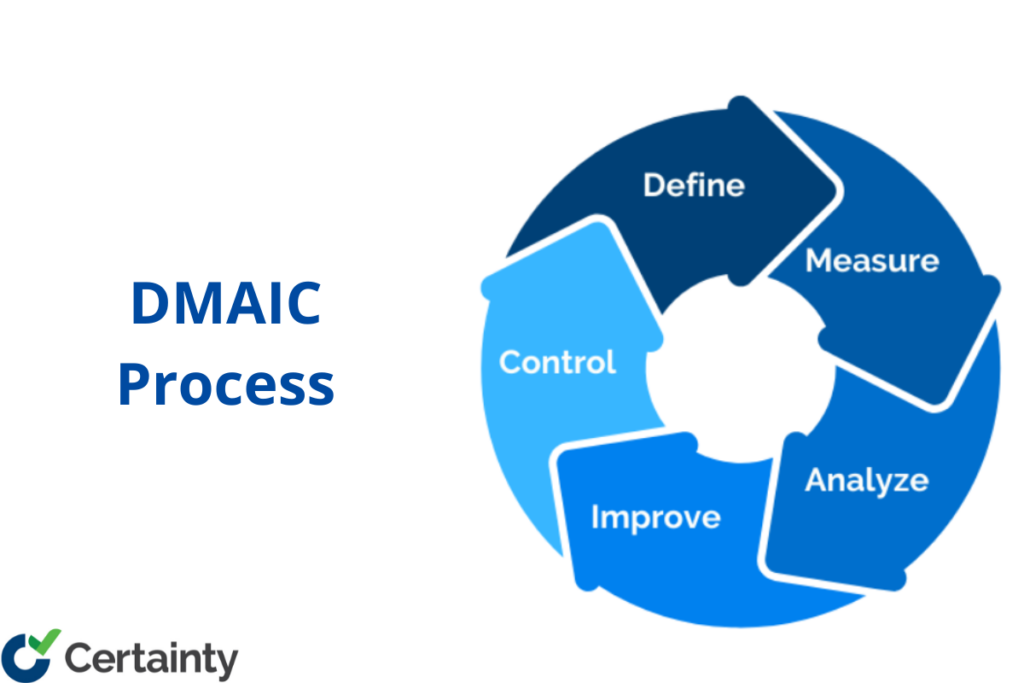
Implementing the DMAIC Process: A Comprehensive Guide
The DMAIC process is a data-driven technique for improving any process. It stands for Define, Measure, Analyze, Improve, and Control, and it is a core method of Six Sigma. In this blog post, you will learn how to use DMAIC to guide your team through successful process improvement projects. […]
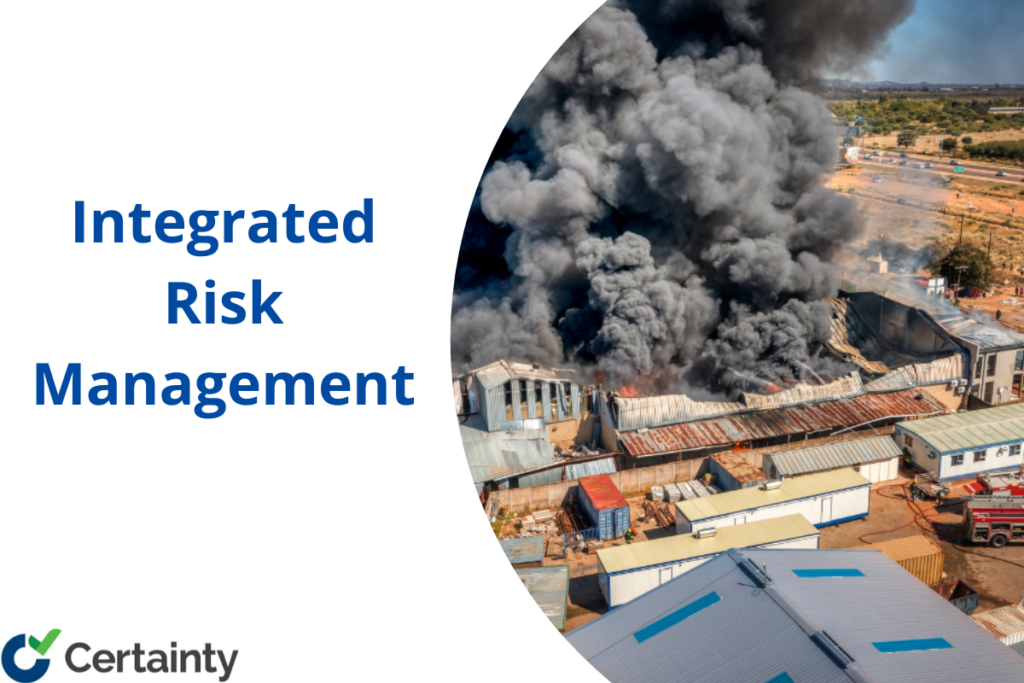
The Power of Integrated Risk Management: Enhancing Organizational Success
Do you want to learn how to manage risks effectively and efficiently in today’s complex and dynamic business environment? In this blog post, we will show you how integrated risk management (IRM) can help you achieve organizational success. We will also explain how Certainty Software can support your IRM initiatives. Read on to find out more. […]

The Ultimate Guide to Performing a Supply Chain Audit: Key Steps and Best Practices
A supply chain audit is a systematic and comprehensive evaluation of your supply chain processes, from procurement to delivery. The purpose of a supply chain audit is to identify and eliminate potential risks, ensure compliance with regulatory and customer requirements, and drive continuous improvement initiatives. In this ultimate guide, we will walk you through the key steps and best practices for conducting a successful supply chain audit. […]

